 Is Saliva Based Drug Testing Right For Your Business?
Is Saliva Based Drug Testing Right For Your Business?
Drug testing is common among employers today. Over half of United States employers require a drug test prior to employment, and many employers conduct drug testing after the initial hire as well. There are many ways to test an employee for drugs, including blood, oral fluid (saliva), urine and hair follicle testing. Many employers are moving toward saliva based drug testing as the benefits of this type of testing become more widely known. Here are some pros and cons to weigh when considering saliva-based drug testing for your company.
PROS:
Saliva based drug testing allows for fast, clean and easy administration and collection.
A saliva test collection includes inserting a swab in the donor’s mouth to collect saliva that is pooled and created in the mouth. Typical collection time take approximately 5 minutes, does not require a restroom and the specimen can be easily collected anywhere.
Oral fluid testing minimizes the opportunity to cheat the test.
While there are some mouth rinses that claim to be able to cheat a saliva base drug test, a properly administrated and collected saliva drug test cannot be cheated. The collection of the specimen is done while being directly observed by the collector and only after the collector has made sure that no food, drink, smoking or tobacco use has occurred in the prior ten minutes to the collection being conducted.
Affordability increasing as acceptance and adoption among employers grows.
The cost of saliva testing is significantly cheaper than hair follicle testing and while slightly more expensive than urine specimen testing, saliva testing continues to become more affordable as more and more companies switch to it.
Detection and accuracy of testing is higher in saliva based specimens.
A comparative study demonstrating the accuracy and dependability of oral fluid drug testing versus urine testing was conducted. Findings from this study indicate that oral fluid positive rates are higher in most categories, with significantly more positives detected and reported in THC, Cocaine, and Amphetamines when compared to similar testing conducted on the same subject using urine testing.

Saliva provides an earlier detection time similar to blood.
Oral fluid allows for the earliest detection of drug use starting within minutes of the drug use in most instances. Urine specimen testing requires at least four to six hours for the body to process and metabolize the drug being used before it can be detected. For this reason, oral fluid testing is a great choice for post accident, reasonable suspicion or random testing.
CONS:
Saliva-based drug testing has a much shorter window in which drugs can be detected than compared to hair or even urine testing.
Oral fluid drug tests have a maximum detection window of up to 3 days or less depending on the drug being tested. Urine can detect for up to 5 days (30 days for chronic marijuana users) and hair can detect for up to 90 days.
Oral fluid testing is limited in the number of drugs that can be tested.
There are a limited number of drug panels available for oral fluid drug testing, but new panels are being added on an ongoing basis. The most frequently abused drugs such as marijuana, opiates, amphetamines, cocaine, meth, PCP, barbiturates and benzodiazepines are available for testing through saliva.
Oral fluid is not approved for federal testing of drugs in system.
For federally regulated positions, such as the Department of Transportation, drug testing is mandatory – however oral fluid testing is not allowed to be used. While SAMHSA is working toward allowing saliva testing for federally regulated employees, current regulations limit federal testing to urine specimens only.
CONCLUSION:
In conclusion, oral fluid drug testing is fast becoming the specimen of choice when it comes to employment drug testing. It is important to note that proper collection procedures and laboratory testing of the specimen is required in order to establish the most accurate results. Instant oral fluid testing products are available and while they may be useful to provide faster negative results, non-negative results from an instant testing device must be sent to a certified laboratory to confirm a positive drug test. Employment decisions based on a non-negative result using an instant drug test without laboratory confirmation exposes you to major liability concerns.
Ultimately, deciding on what type of drug test a company should administer involves consideration of company goals, budgetary options, regulatory guidelines and personal preference. In any case, drug testing is a proven tool that contributes to the safety and efficiency of the workplace.
To learn more about oral fluid testing for your company, please contact the professionals at Carolina Testing.
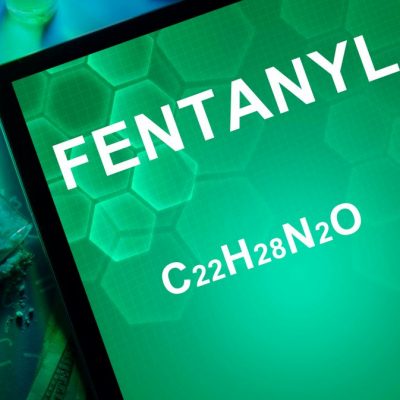


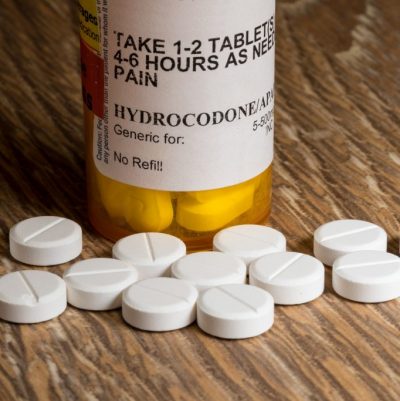

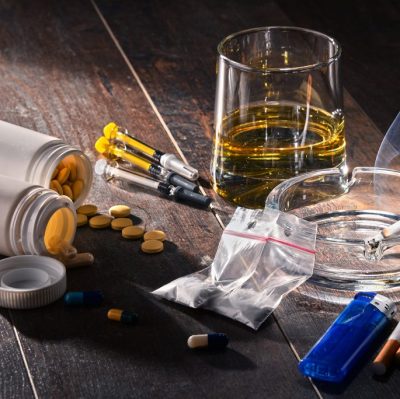
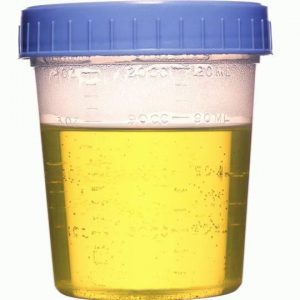
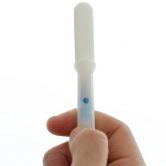

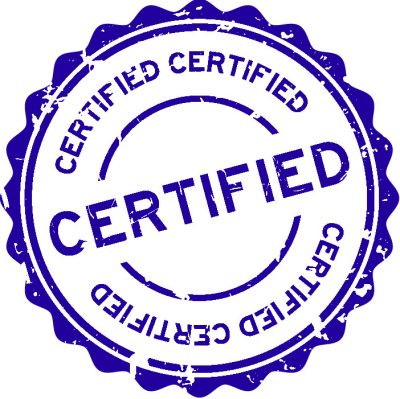
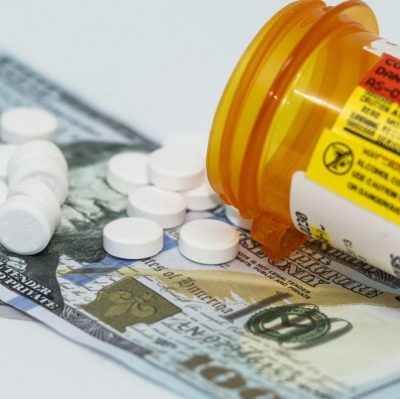
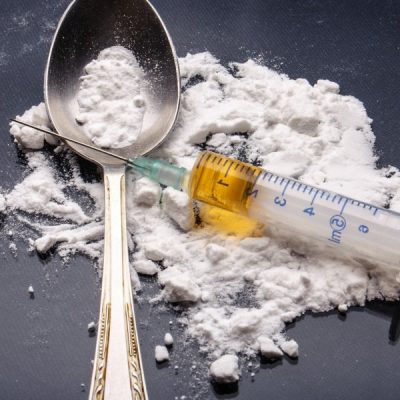

 Employers and employees have a responsibility to contribute to a productive, positive, comfortable and safe work environment. Implementing a drug testing program can help to accomplish these desired outcomes. The following lists the most common reasons employers begin and continue substance free workplace programs.
Employers and employees have a responsibility to contribute to a productive, positive, comfortable and safe work environment. Implementing a drug testing program can help to accomplish these desired outcomes. The following lists the most common reasons employers begin and continue substance free workplace programs. employees safe from harm and employers safe from liability.
employees safe from harm and employers safe from liability. Is Saliva Based Drug Testing Right For Your Business?
Is Saliva Based Drug Testing Right For Your Business?

 Most employers screen new applicants with background checks and drug screens. After all, this is a necessity in the modern workplace to enforce high workplace standards. But if employers knew that there was another way to ensure cost savings and quality employees, wouldn’t they do it? In short: further employee screening does exist in the form of pre-employment physicals. Employers who choose to conduct these physical examinations save time, money, and frustration while making the workplace a safer, more productive environment for everyone.
Most employers screen new applicants with background checks and drug screens. After all, this is a necessity in the modern workplace to enforce high workplace standards. But if employers knew that there was another way to ensure cost savings and quality employees, wouldn’t they do it? In short: further employee screening does exist in the form of pre-employment physicals. Employers who choose to conduct these physical examinations save time, money, and frustration while making the workplace a safer, more productive environment for everyone. health can be a big burden for employers in terms of lost productivity due to last minute call outs or sick days. Alternately, it could be a motivator for an employee to make health and lifestyle changes in their personal life. This would ultimately make them a more efficient employee and save employers from overused sick days and insurance claims.
health can be a big burden for employers in terms of lost productivity due to last minute call outs or sick days. Alternately, it could be a motivator for an employee to make health and lifestyle changes in their personal life. This would ultimately make them a more efficient employee and save employers from overused sick days and insurance claims. CBD is one of the hundreds of compounds found in the cannabis plant. This same plant also contains the more well known psychoactive compound, delta-9-tetrahydrocannabinnol, more commonly referred to as THC. CBD is a cannabinoid and it does share some similarities with THC, however, it does not produce a “high” when used or consumed. While research on CBD is still in its infancy stages, initial studies suggest CBD users experience some therapeutic and medical benefits from conditions such as seizures, post traumatic stress disorder (PTSD), pain, cancer, swelling/inflammation and some neurological disorders such as anxiety and depression.
CBD is one of the hundreds of compounds found in the cannabis plant. This same plant also contains the more well known psychoactive compound, delta-9-tetrahydrocannabinnol, more commonly referred to as THC. CBD is a cannabinoid and it does share some similarities with THC, however, it does not produce a “high” when used or consumed. While research on CBD is still in its infancy stages, initial studies suggest CBD users experience some therapeutic and medical benefits from conditions such as seizures, post traumatic stress disorder (PTSD), pain, cancer, swelling/inflammation and some neurological disorders such as anxiety and depression.
 When drug or alcohol abuse is alleged in a divorce situation involving children, demands for testing are usually made as part of any divorce and custody agreement. Crafting a solid agreement regarding drug and alcohol testing for divorcing parents is critical to the safety and well being of the child(ren) and provides peace of mind and a level playing field for the parents.
When drug or alcohol abuse is alleged in a divorce situation involving children, demands for testing are usually made as part of any divorce and custody agreement. Crafting a solid agreement regarding drug and alcohol testing for divorcing parents is critical to the safety and well being of the child(ren) and provides peace of mind and a level playing field for the parents. Specimen type to be tested:
Specimen type to be tested: Payment responsibilities:
Payment responsibilities: